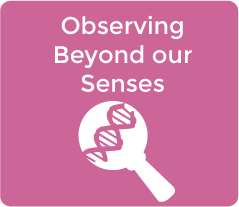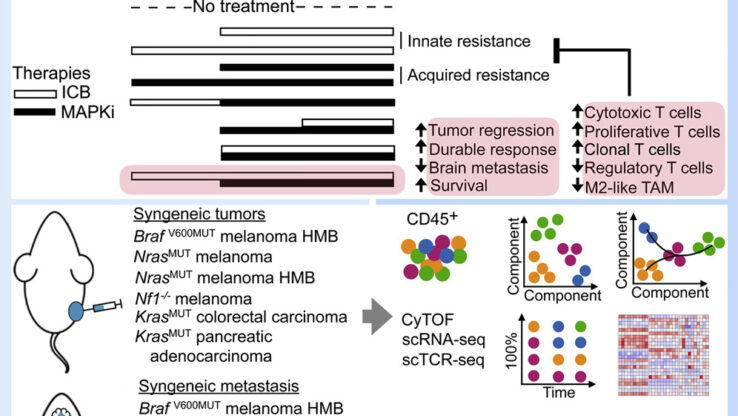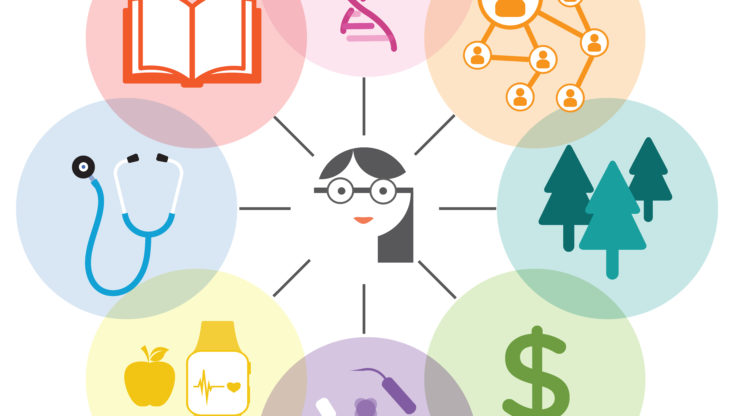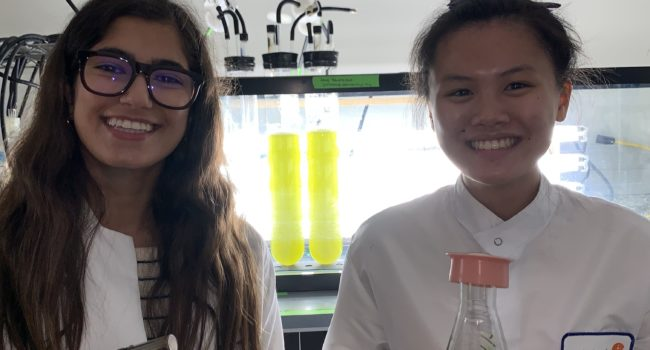SEP6 Science and Engineering Practice 6 – Constructing Explanations and Design Solutions
 see.isbscience.org/ngss/sep6/
see.isbscience.org/ngss/sep6/Science and Engineering Practice 6 - Constructing Explanations and Design Solutions
“The goal of science is the construction of theories that provide explanatory accounts of the world. A theory becomes accepted when it has multiple lines of empirical evidence and greater explanatory power of phenomena than previous theories.”(NRC Framework, 2012, p. 52)
Asking students to demonstrate their own understanding of the implications of a scientific idea by developing their own explanations of phenomena, whether based on observations they have made or models they have developed, engages them in an essential part of the process by which conceptual change can occur.
In engineering, the goal is a design rather than an explanation. The process of developing a design is iterative and systematic, as is the process of developing an explanation or a theory in science. Engineers’ activities, however, have elements that are distinct from those of scientists. These elements include specifying constraints and criteria for desired qualities of the solution, developing a design plan, producing and testing models or prototypes, selecting among alternative design features to optimize the achievement of design criteria, and refining design ideas based on the performance of a prototype or simulation. (NRC Framework, 2012, p. 68-69)
The goal of science is to construct explanations for the causes of phenomena. Students are expected to construct their own explanations, as well as apply standard explanations they learn about from their teachers or reading.
An explanation includes a claim that relates how a variable or variables relate to another variable or a set of variables. A claim is often made in response to a question and in the process of answering the question, scientists often design investigations to generate data.
The goal of engineering is to solve problems. Designing solutions to problems is a systematic process that involves defining the problem, then generating, testing, and improving solutions.






